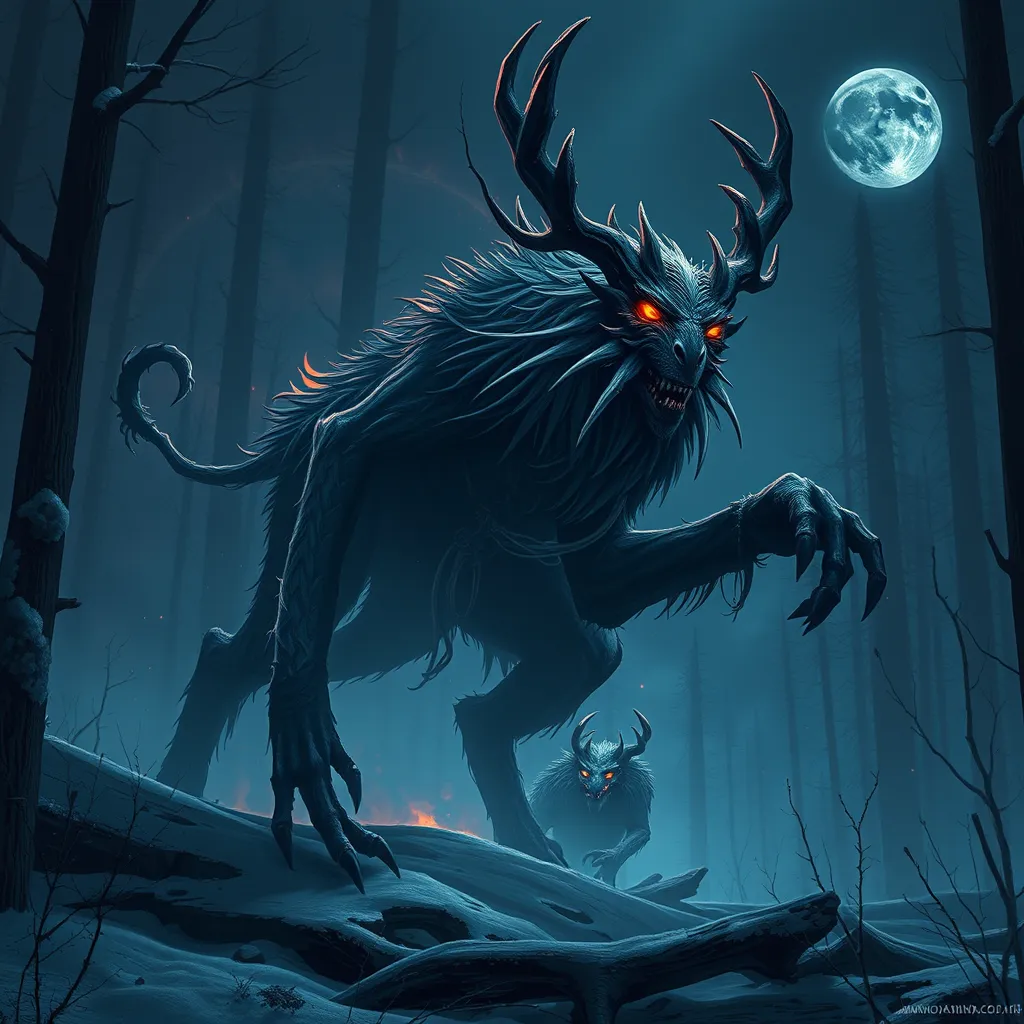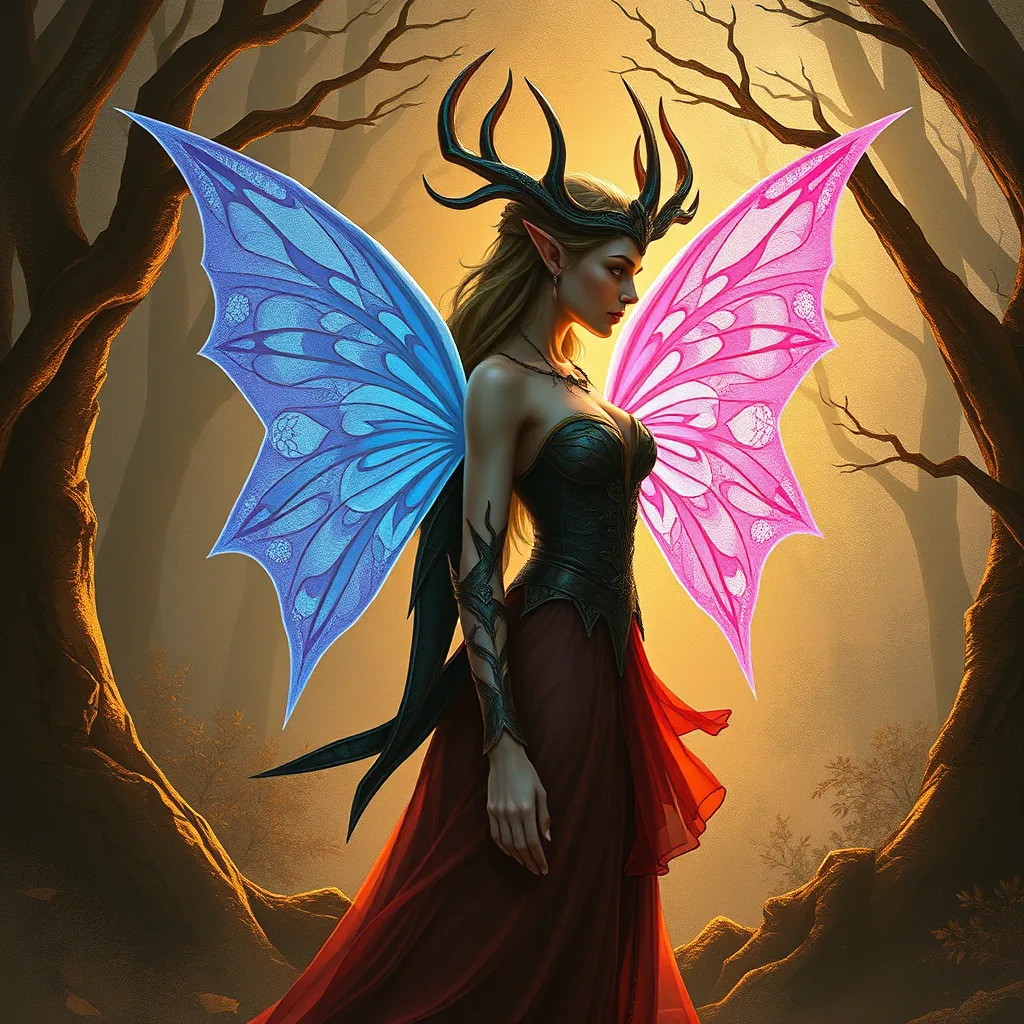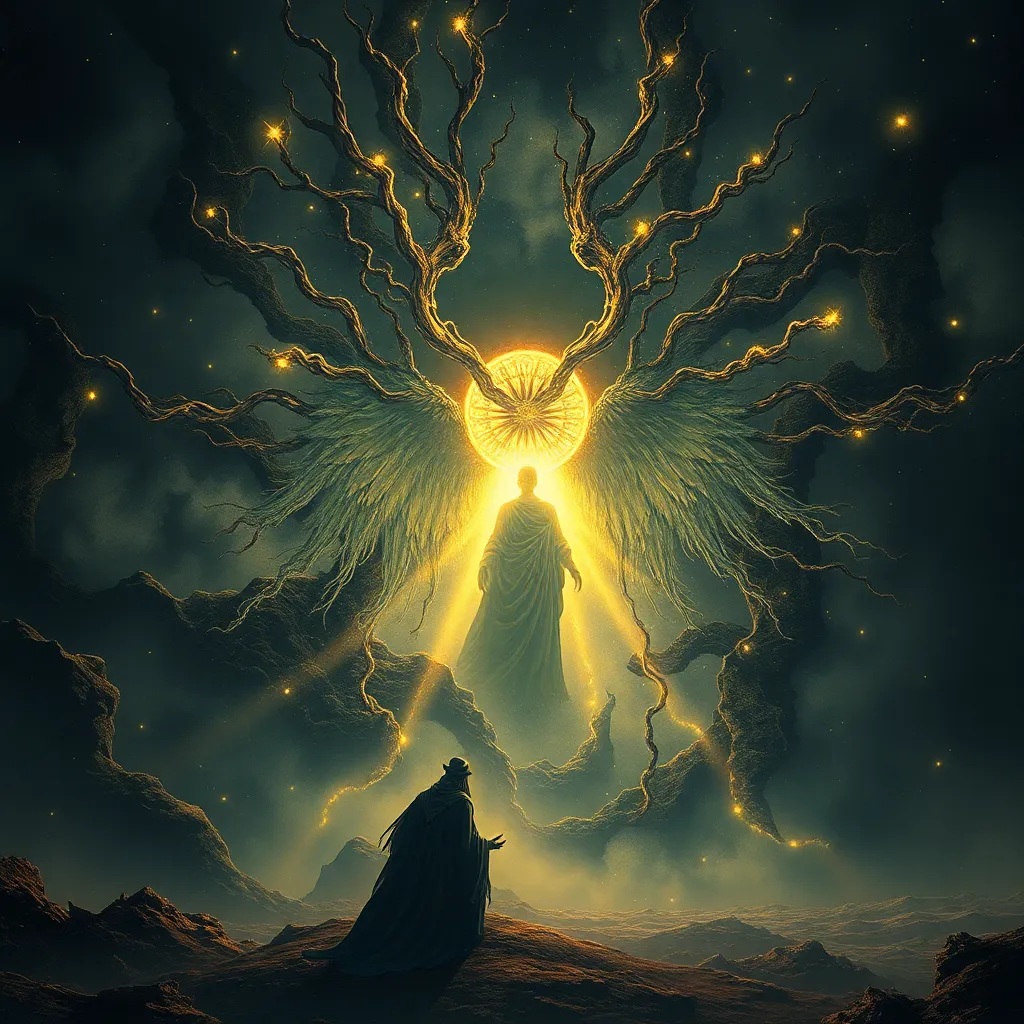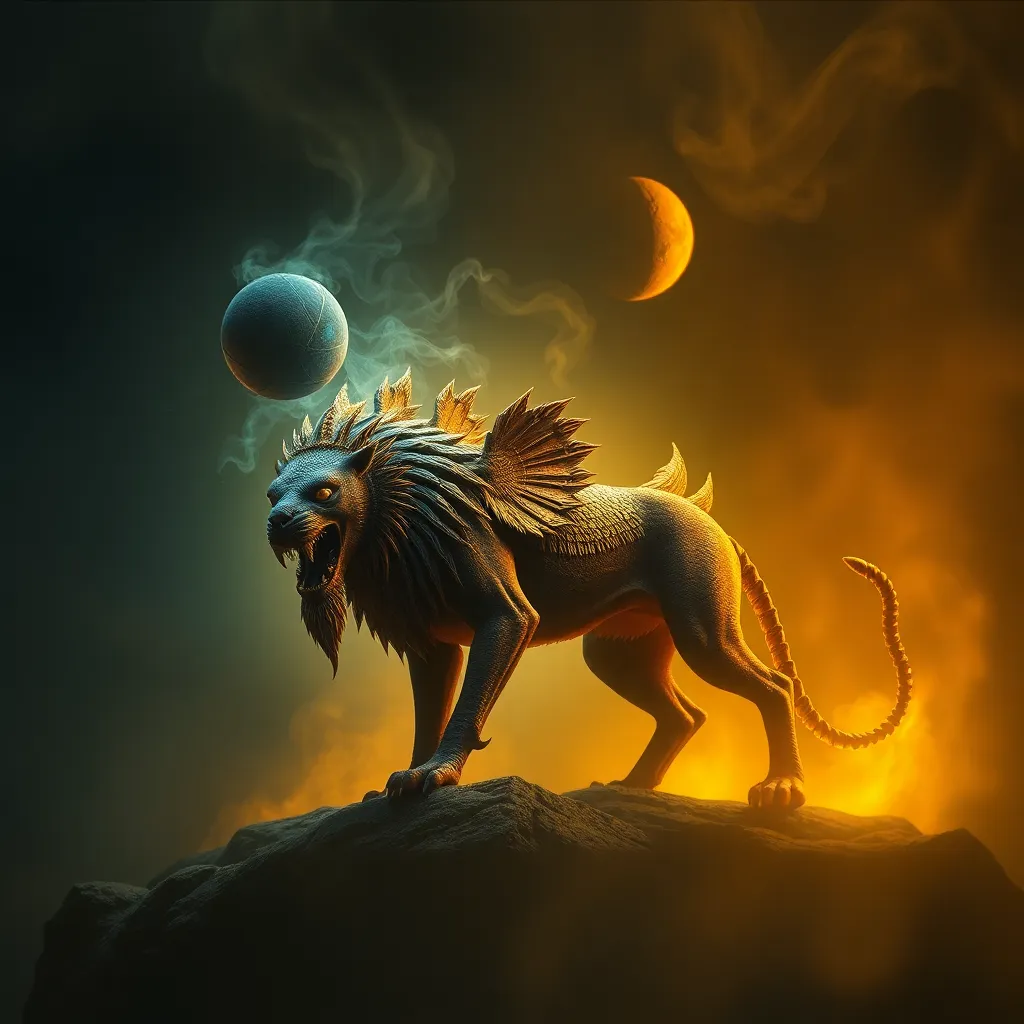The Wendigo’s Future: How This Myth Might Evolve in the Years to Come
I. Introduction
The Wendigo is a mythological creature deeply rooted in Algonquian folklore, representing more than just a fearsome figure; it embodies complex themes of human nature, morality, and survival. Originating among Indigenous peoples of the northern forests of the United States and Canada, the Wendigo is often depicted as a malevolent spirit associated with winter, famine, and the insatiable desire for human flesh. Its legend serves as a cautionary tale about greed and the consequences of giving in to one’s darker impulses.
Folklore plays a crucial role in shaping cultural identity and modern storytelling. Myths like the Wendigo are not static; they evolve with the times, reflecting societal changes and concerns. This article explores the potential evolution of the Wendigo myth as it adapts to contemporary themes and technologies, forecasting its future in a rapidly changing world.
II. Historical Context of the Wendigo Myth
The Wendigo is primarily found in the stories of the Algonquian-speaking peoples, including the Ojibwe, Cree, and Innu. Traditionally, the Wendigo is portrayed as a gaunt, skeletal figure, often described as having an insatiable hunger for human flesh. In many stories, the Wendigo represents the consequences of extreme hunger and the moral decay that can arise from desperation.
Several key elements characterize the Wendigo myth:
- Transformation: The legend often speaks of individuals who succumb to cannibalism during harsh winter conditions, transforming into Wendigos themselves.
- Insatiable Hunger: The Wendigo is eternally hungry, symbolizing the destructive nature of greed and gluttony.
- Isolation and Madness: Encounters with the Wendigo often highlight themes of isolation and the psychological effects of extreme survival situations.
Historically, the Wendigo myth reflected societal fears, especially during periods of famine and conflict among Indigenous peoples. It served as a moral lesson against selfishness and the loss of humanity in desperate times.
III. Modern Interpretations of the Wendigo
In contemporary literature and media, the Wendigo has transformed from a folkloric figure into a multifaceted symbol that resonates with modern audiences. The Wendigo appears in various forms across films, novels, and video games, often adapting its characteristics to fit new narratives.
Popular portrayals include:
- Film: Movies like “Antlers” and “Ravenous” explore themes of horror and survival, showcasing the Wendigo as a terrifying entity that preys on human weakness.
- Literature: Novels such as “The Only Good Indians” by Stephen Graham Jones offer a contemporary lens on the Wendigo myth, addressing themes of identity and cultural dislocation.
- Video Games: Titles like “Until Dawn” incorporate the Wendigo as a central antagonist, utilizing its lore to enhance the horror experience and engage players.
The contrast between traditional and modern portrayals of the Wendigo often highlights shifts in societal fears—from the primal fears of starvation and cannibalism to contemporary concerns about mental illness, addiction, and environmental degradation.
IV. Cultural Relevance Today
Today, the Wendigo serves as a potent symbol reflecting various aspects of modern life. Its narrative has been interpreted to address significant issues such as:
- Consumerism and Excess: The insatiable hunger of the Wendigo can be seen as a metaphor for modern consumer culture, critiquing society’s endless pursuit of material goods at the expense of humanity.
- Environmental Concerns: The Wendigo’s connection to nature emphasizes the importance of respecting the environment and warns against the destructive impact of human actions on the natural world.
- Mental Health and Addiction: The transformation into a Wendigo can symbolize the struggles with addiction, illustrating how one’s humanity can be eroded by overwhelming desires.
V. The Impact of Technology on Folklore
The rise of digital storytelling has profoundly influenced the evolution of myths like the Wendigo. Modern technology offers new platforms and mediums for storytelling, allowing for innovative interpretations and adaptations.
Key points include:
- Digital Storytelling: Online platforms, podcasts, and web series provide an accessible means for sharing and reinterpreting the Wendigo myth, reaching a global audience.
- Social Media: Social media platforms allow for the rapid spread and adaptation of Wendigo narratives, facilitating engagement and community building around the myth.
- Virtual Reality: Emerging technologies like virtual reality and augmented reality offer immersive experiences that can bring the Wendigo’s story to life, allowing for exploration of its themes in an interactive format.
VI. Globalization and the Wendigo
Globalization has led to the exchange and fusion of cultural narratives, influencing the Wendigo myth in various ways. As cultures interact, the Wendigo has been adapted and reimagined in different contexts.
Considerations include:
- Cultural Exchange: The retelling of the Wendigo story across different cultures can introduce new interpretations, enriching the original myth while maintaining its core themes.
- Hybrid Myths: Globalization encourages the creation of hybrid myths, combining elements of the Wendigo with other cultural figures to address contemporary issues.
- New Narratives: As the Wendigo is incorporated into diverse cultural contexts, it opens up possibilities for new narratives that reflect a wider range of human experiences.
VII. Future Directions for the Wendigo Myth
As we look to the future, the evolution of the Wendigo myth is likely to continue in new and exciting ways. Speculations on its development may include:
- Thematic Exploration: Future interpretations may delve deeper into themes of identity, trauma, and the consequences of unchecked ambition.
- Technological Integration: The incorporation of new technologies in storytelling may lead to innovative experiences that engage audiences in unique ways.
- Younger Generations: The role of younger generations in shaping the myth’s future is crucial, as they bring fresh perspectives and a desire for narratives that resonate with contemporary issues.
VIII. Conclusion
The Wendigo’s historical significance and modern relevance highlight its role as a mirror reflecting societal fears and cultural values. As we allow for the evolution of this myth, it is essential to preserve its cultural roots while embracing the possibility of new interpretations.
In contemplating the future of the Wendigo in popular culture and society, we recognize the importance of storytelling as a means of exploring complex human experiences. The Wendigo may continue to evolve, but its core themes of hunger, greed, and the struggle for humanity will always resonate, ensuring its place in the tapestry of folklore for generations to come.



